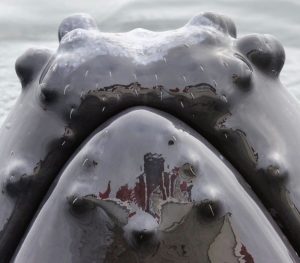
Indigenous Science: Classification (WIP)
Add to favouritesYear 7 & 8 TOC Indigenous Science Classification Classification (taxonomy) is the practice of defining and naming groups of living and non-living things,


 Add to favourites
Add to favourites Once an organism is categorised into a phylum, we can further group them into a class. This becomes more specifies, and the animals in a class have more in common than those in a phylum. In this section, we’ll focus on classes in the phylum Chordata, specifically those that are vertebrates.
WHAT WILL YOU LEARN?
We can further break this class into 3 subgroups. The difference between them relates to how their young develop. Click here to learn about how the Platypus confused the scientific community.
While hair might not be the first thing to come to mind when thinking of whales and dolphins, most of them have hair when they are first born. Most whales have their hair follicles where land-mammals would have whiskers today. To learn more check out this website.

Pause & Think
Which subclass of mammals do you think we belong too? Why do you think that?
ACTIVITY
Look at the image below. Select all the animals that belong to class Aves.
KEY POINTS
A class is the next level of grouping after phylum. The organisms here are more closely related then the organisms in a phylum.
Mammalia, Aves, Reptilia, Amphibia and Pisces are all examples of classes in the Chordata phylum.
Each class has a specific set of requirements for the animals to belong to it.
Ectotherms rely on the environment to help regulate their body temperature.
WHERE NEXT?

Add to favouritesYear 7 & 8 TOC Indigenous Science Classification Classification (taxonomy) is the practice of defining and naming groups of living and non-living things,

Add to favourites Year 7 & 8 Topics Classification Organising Plants Plants belong to the kingdom Plantae and are arguably one of the most important

Add to favourites Year 7 & 8 Topics Classification What are species? There are roughly 8.7 million species on our planet, but, what does that

Add to favourites Year 7 & 8 Topics Classification Scientific Names and Linnaean Taxonomy Think about your home. If you were talking to someone in

Add to favouritesYear 7 & 8 TOC Wow science The platypus puzzle When people first discovered the platypus they were very confused! It didn’t conform

Add to favourites Year 7 & 8 Topics Classification Categorising Animals Mathematician, computer science expert and animal rights advocate Brian Tomasik estimates the total number

Everything we provide is free. Help us keep this resource free by donating and helping us cover our running costs. Every little bit helps!